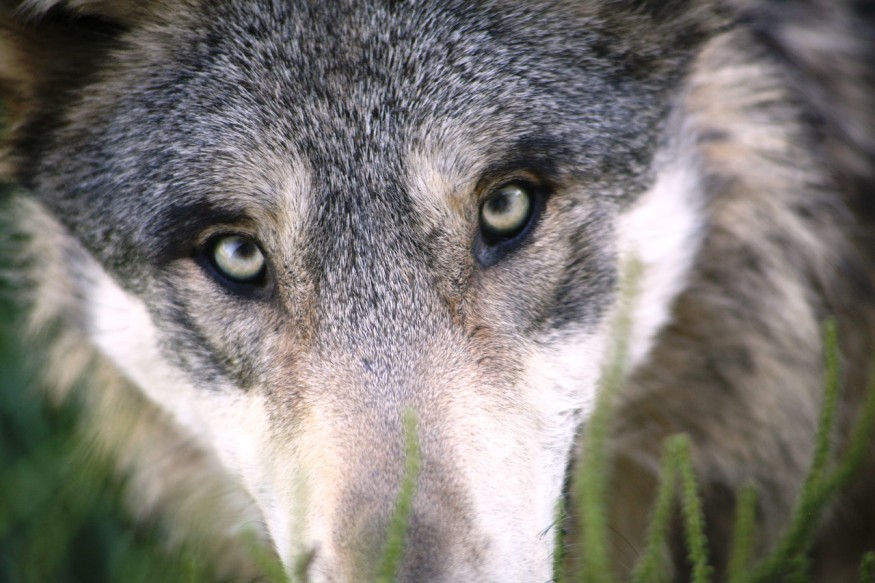
Wolves from a remote island in Alaska have opted to prey on sea otters after they finished eradicating their previous deer target.
From Deers to Sea Otters
Live Science notes how such a discovery was observed in the Pleasant Island, which is situated around 40 miles to the west of Juneau, Alaska. It is the first time that sea otters have been documented as prey and primary food sources for predators on land.
The pack of wolves that were responsible for such predation swam toward the island and started hunting in 2013. This led to a significant decrease in the deer population across the island. After they eradicated their then-primary food source, the wolves still did not leave the place.
A recent study included in the Proceedings of the National Academy of Sciences has monitored the wolf pack since 2015 to show how the pack adapted and moved towards preying on otters.
ALSO READ : Toxoplasmosis Brain Parasite Swarms Grey Wolves' Mind, Manipulating Leadership With Risk-Taking Behaviors
Wolves Actively Hunt for Live Sea Otters
According to Gretchen Roffler, study co-author and wildlife research biologist from the Alaska Department of Fish and Game, these wolves do not simply scavenge for dying or dead otters. Rather than this, the wolves actively hunt, kill, and drag the sea otters to the land in order to feed on them.
The Oregon State University notes how, in order to monitor these wolves, the researchers made some pack members wear GPS collars and gathered around 689 wolf scat samples. Through this, the scientists were able to discover in 2015 that the wolves' primary food source were deer, as they made up 75% of the pack's diet while sea otters made up 25%.
In 2017, the wolves shifted their primary food source to sea otters, which then took up 57% of their diet. The deer diet plummeted to 7%. Such a pattern was observed until the study ended in 2020.
Live Science also reports that the data from the GPS collar verified that the wolves did not vacate the island to hunt somewhere else. It also confirmed that when the wolves hunted, they did so by the coast. The wolves targeted otters within shallow waters and ambushed the creatures who were resting on rocks when the tide was low.
Predators Feeding on Predators
Associate professor Taal Levi from Oregon State notes that sea otters are famous predators in coastal ecosystems, while wolves are the most famous peak predators in terrestrial locations. Levi notes how surprising it is that sea otters have become wolves' primary food source, as it is a system where top predators of one environment feed on top predators of another.
Historically speaking, both wolves and sea otters may have lived on the specific location of the study, Pleasant Island. During the 1800s and several parts of the 1900s, sea otters within the region got wiped out due to trade hunting for fur. In contrast to wolves within the continental USA, wolves from southeastern Alaska were not hunted to the point of extinction.
It was only in recent decades, especially with sea otters being legally protected and reintroduced, that both species populations recovered and overlapped once more. This may have led to the predator-prey setup between both species.
Check out more news and information on Animals in Science Times.
© 2025 ScienceTimes.com All rights reserved. Do not reproduce without permission. The window to the world of Science Times.











